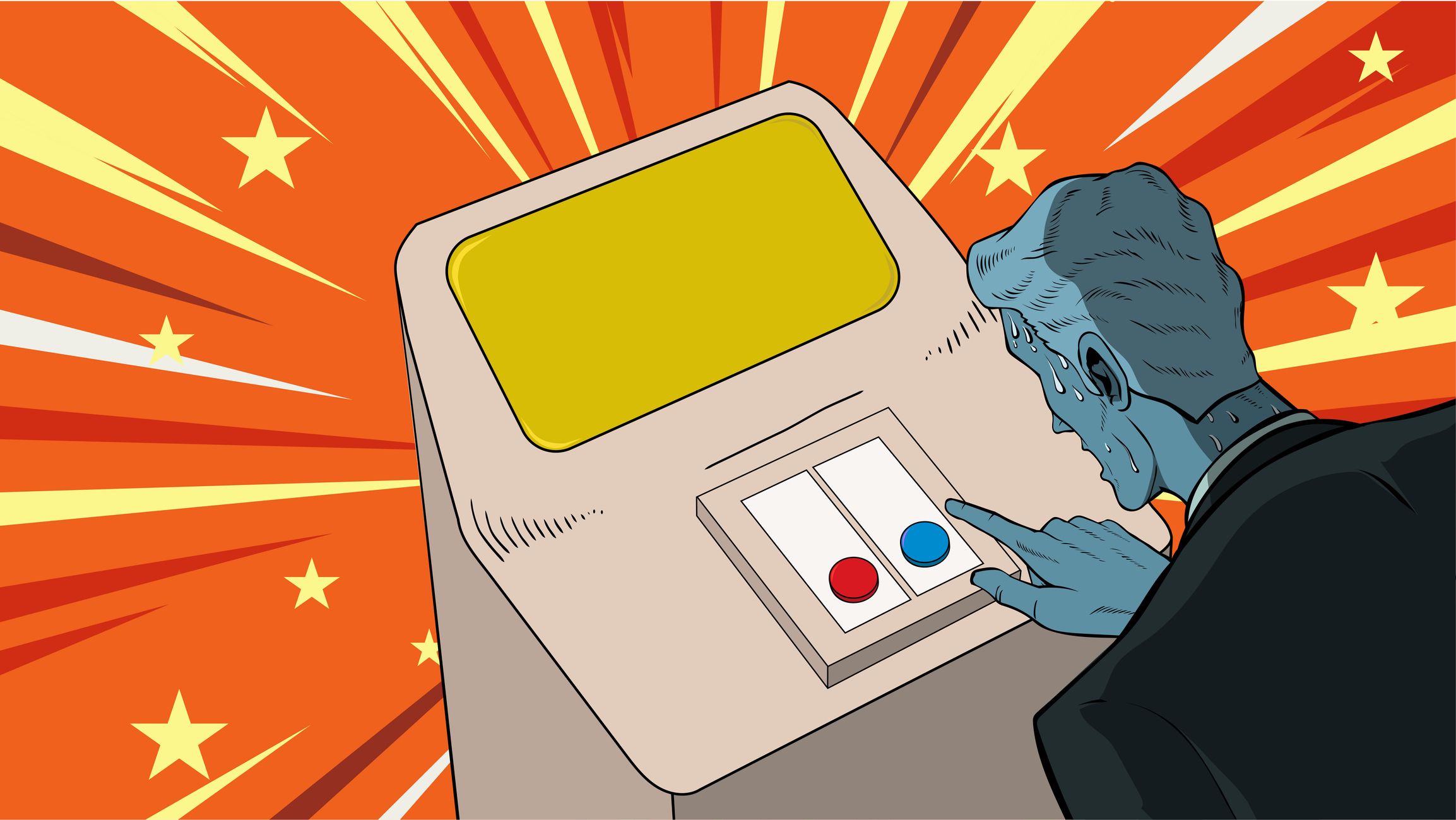In the US every sales channel is feeling the strain of negative growth, from direct to consumer (DTC) to on-premise to off-premise. However, creative and resilient wineries are leveraging new tools, and well-used tools in new ways, in order to maintain even relatively healthy revenue.
Leveraging data and analytics has proven to be an effective strategy for wineries to buck ongoing negative sales trends. In this series, we’ll consider the narratives of those strategies. By narratives, we mean literally the characters and the plot lines — the Who, the What, and the How — of a sales strategy in a time when sales have become increasingly hard to come by.
This narrative structure is built into the user experience of Enolytics’ software for wineries; there are literally links in the dashboard that says questions like: “Who Did We Sell To?” and “What Did We Sell?” And “How did we sell it?”
Users click on those links, and are presented with a visualization of the answer.
Case study: Ehlers Estate

The Ehler Estate in the heart of Napa Valley
We’ll kick off the series for The Buyer with a classic and highly respected Napa Valley winery, Ehlers Estate, and its narrative of leveraging its own customer data in order to analyse sales trends and identify new sales opportunities across the country.
Sandra Tafur Demaria, Ehlers’ director of sales and marketing, noticed the growing resistance of travelers to come to the Napa Valley, either because they had “been there, done that,” or because transportation and hotel costs have become prohibitively expensive.
Ehlers calls its program “At the Table with Ehlers Away” and here Demaria explains what she hopes it can achieve: “From our strategic vision to bridge the gap between our robust DTC)channels and the broader market, including wholesale operations, while simultaneously bolstering our relationships with restaurant partners. This program represents a thoughtful response to the evolving desires and demands of our audience; recognising the importance of feeling seen and valued is paramount in today’s market landscape.”
Here, in Q&A format, are the nuts and bolts of Ehlers’ strategy, as they punch above its weight by using data analytics in order to buck the general negative sales trend.
Who
The first step is to identify the “Who”. That is, the customers who are most likely and receptive to winery outreach. This could be top customers who have spent a minimum amount of money over the last two years, for example, or long-term wine club members, or clusters of customers within a specific geographical area.
Cathy Huyghe: How did you identify who you would reach out to, through this program?
Demaria: To strategically identify and reach out to our target audience for "At the Table with Ehlers Away," we adopted a meticulous data segmentation process. Initially, we combed through our sales data to delineate our top 10 markets, focusing on areas with the highest concentration of customer interactions and sales. This analysis was further refined to the top five zip codes, which housed a significant number of our wine club members, indicating areas with existing brand loyalty and interest.

Sandra Tafur Demaria, Ehlers’ director of sales and marketing
Moving forward, we utilised this geographical insight to pinpoint restaurant partners in these locations, leveraging our longstanding relationships with distributing partners for a more targeted approach. With these crucial locations identified, we proceeded to invite our wine club members from the selected zip codes, ensuring a personalised and curated experience for those who have shown continuous support and engagement with Ehlers Estate. This data-driven strategy was pivotal in ensuring the success of our event activations, effectively bridging the gap between our vineyard and our valued community members, regardless of their physical proximity.
What
Now that Ehlers knew their “who,” the next step is to create the “what”. That is the offer it would extend to that segmented list. In response to lower tourist numbers that meant few visitors walking through their winery doors, Ehlers knew it wanted to bring Napa to its customers.
Huyghe: What was your offering to the customers you identified and segmented?
Demaria: At the Table with Ehlers Away" served as the perfect platform to introduce our latest vintage release. Furthermore, it was an opportune moment to welcome Adam Casto, our new winemaker, into the limelight. With a deep understanding of our vineyard's heritage and an innovative approach to viticulture, Adam played a pivotal role during these events.
Based on the menu provided by our partner restaurants for each event, he meticulously selected wines that he believed best narrated the stories we were eager to convey. Adam's selections were not only guided by the flavour profiles of the dishes but also by the narratives and the rich history behind each wine, ensuring that every sip intertwined with the culinary experience to tell a tale of tradition, dedication, and innovation at Ehlers Estate.
How
The third step is to determine “How” to extend the offering (the What) to the right customers (the Who). Historical data reveals the methods that customers respond to best, such as email or text messaging or phone calls.
Huyghe: How are you executing the campaign? What have you seen so far in terms of a response?

Ehler Estate has worked hard to use it data to identify the right customers to target promotions and offers to
Demaria: Executing the "At the Table with Ehlers Away" campaign began intimately through word-of-mouth strategies, leveraging the existing rapport and enthusiasm within our wine club community. This exclusivity not only nurtured a sense of belonging among our members but also created a halo effect, amplifying interest and anticipation. Following this, we launched a segmented email campaign targeted at our wine club and top customer segments, which dramatically exceeded our expectations.
The response was nothing short of phenomenal, as we witnessed each event selling out in under two hours, a testament to the strong brand loyalty and excitement surrounding our initiative. Additionally, a significant number of enthusiasts were waitlisted, highlighting the high demand and engagement levels.
The momentum didn't stop there; upon rolling out our organic social media campaign, we continued to see outstanding success, reaching full capacity within hours of announcement. This overwhelming interest not only underscored the effectiveness of our promotional strategies but also raised important considerations on optimising engagement and capitalising on the surging demand.
In response, we're now exploring innovative ways to leverage interest, using it as a barometer for gauging appetite for future events and as a means to foster interaction with interested individuals who couldn’t secure a spot.
Furthermore, we're meticulously analysing interaction data to fine-tune our strategies, focusing on referrals and conversions to enhance our outreach and engagement efforts systematically. Through these concerted actions, we aim to sustain the buzz around our brand, ensuring "At the Table with Ehlers Away" remains a coveted experience while simultaneously cultivating a closer connection with our community.
* The Ehlers Estate case study is the first in this exclusive series for The Buyer that will highlight the Who-What-How strategy for wineries as they meet customers where they are. The particular twist is defining “customers” when it means both DTC customers and wholesale customers in the same market. Although those channels (DTC and wholesale) have had a largely antagonistic dynamic in the past, both wineries and the trade are seeing the benefits of synergising and coordinating data as a valuable strategy in a particularly challenging economy.
* To find out more about Enolytics and what services it can offer go to its website here.
































